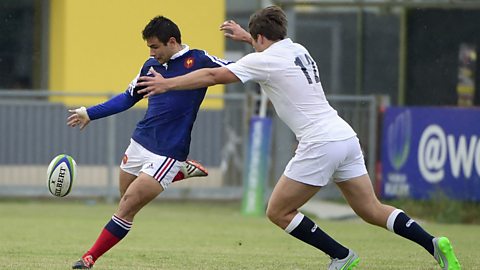Rugby union - an overview and history of the sport
Overview
Rugby union brings together a combination of skill, athleticism and tactics in probably the most punishing of all ball sports. The game is contested by two teams of 15 players and involves one team invading another team's territory with the aim of scoring a try. However, from this simple premise comes a very complicated rule code, tactics and techniques that must be followed correctly to ensure the safety of the players. Played professionally, recreationally and in different forms, rugby selects players with different physical characteristics to play in certain positions in the team.

History
Although the origins of rugby are unclear, there is evidence of similar games that date back to handball games of the Romans, mob-based games of Normandy, and hurling which dates back to the Bronze Age.
The most widely accepted version of the game's origins describes how in 1823, William Webb Ellis, a pupil at Rugby School, invented the game when he picked up a football and ran towards the opposition goal with it.
- 1839 ā The students of Rugby School took the game around the UK and Arthur Pell establishes the first team at Cambridge.
- 1839 ā The first set of rules, known as the Cambridge Rules were established.
- 1871 ā The Rugby Football Union (RFU) was founded.
- 1871 ā England and Scotland play first ever international.
- 1882 ā England, Wales, Scotland and Ireland form an annual competition called the International Championship.
- 1895 ā The argument of payment for 'broken time' (compensation for the loss of income) leads to the formation of a 22 club-strong Northern Union. This union went on to become the professional Rugby League in 1922.
- 1987 ā The first World Cup is co-hosted by Australia and New Zealand. New Zealand are the winners.
- 1995 ā Rugby union becomes a professional sport for the first time, allowing players to be paid to play.
